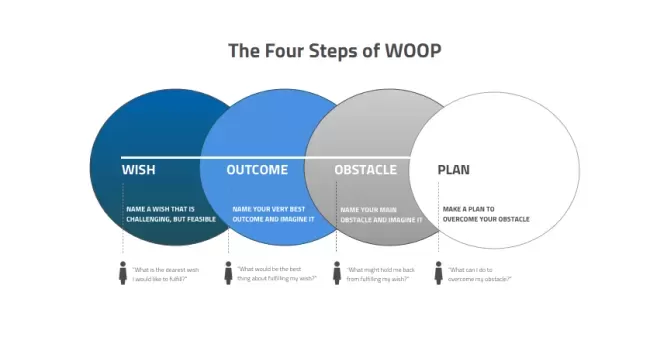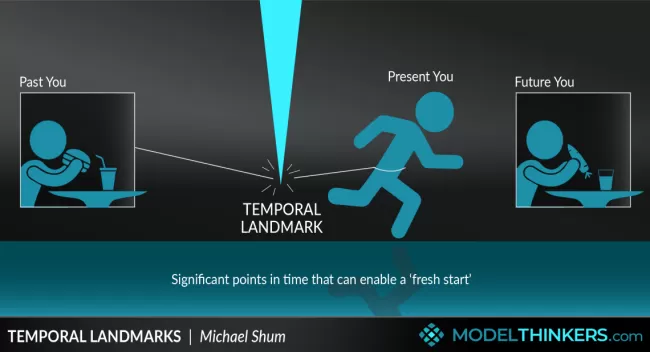Tired of SMART Goals? Try WOOP!

We are entering the season of New Year’s Resolutions and goal setting. A commonly used framework for goal setting is to make your goals SMART. It is an approach we have encouraged through the years as it reminds you to make goals that are specific, measurable, action-oriented & achievable, realistic & time-oriented.
If the SMART framework is still working for you, then great! If this approach never quite clicked for you or you’d like to try something new, you might want to consider using the WOOP process. WOOP was developed by psychologist Gabriele Oettingen, who examines the ways we think and how it impacts our behaviors. You can find out more here, but essentially it stands for:
W – wish
O – outcome (best case)
O – obstacle (main inner)
P – plan
WISH:
Think about a wish you have for yourself. It is important that this wish be important to you. It needs to matter and mean something to you, rather than being a wish that somebody else thinks is important for you.
OUTCOME:
Now, imagine that what it will be like for this wish to come true. What will that feel like? What will it mean? How will you celebrate? Visualize as much as you can. Then, after your moment of visualization, return to real life and jot down some of these imaginings.
OBSTACLE:
What will your biggest obstacle be? WOOP is specific in stating that this should be an internal obstacle, something that will come up inside of you that could potentially derail your wish from happening. Maybe it is your self-talk or your tendency to distraction…whatever it is for you, identify it.
PLAN:
Planning is at the crux of all goals, no matter the framework you choose. With WOOP, the focus is on developing a plan to overcome your obstacle. This often means developing “If – then” scenarios. If I find myself distracted, then I will take a 10-minute walk and then re-engage with the activity.” Think of this as your action plan to course-correct continuously. In addition to obstacle planning, you’ll also want to consider your overall planning.
-When will you work on your wish/goal?
-What will your due dates be?
-Who will you connect with when it feels hard?
-Who or how will you motivated yourself?
-What will help you stay accountable?
Whatever your goals/wishes/resolutions are for 2024, remember that OITE is here to help you along the way. You can check out our wellness and career resources, including access to workshops and 1:1 appointments here. Wishing you much success this New Year!


